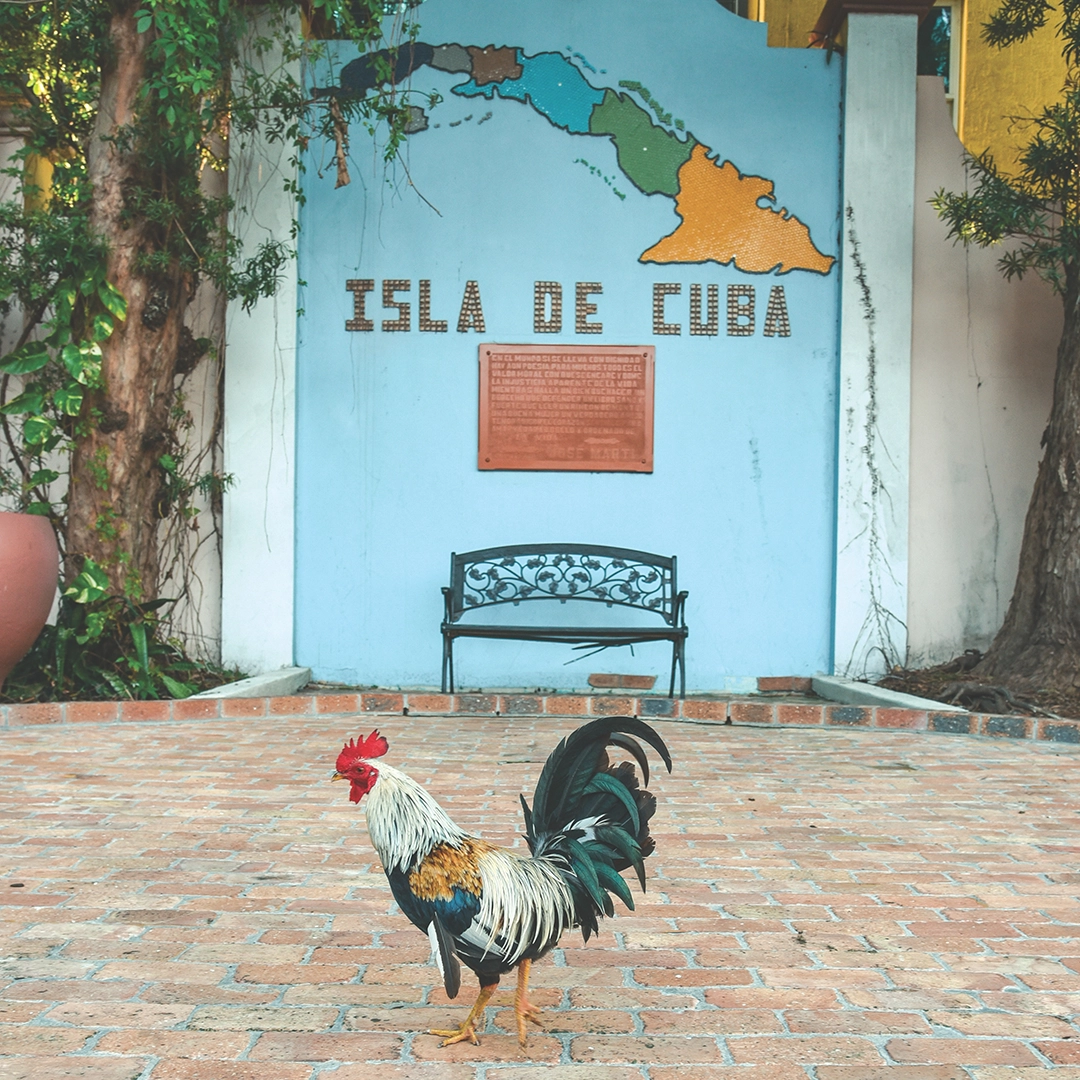by Katie Hendrick | August 25, 2016
Coquina: Mr. Sandman
A daydreaming artist discovers his talent for sand-sketching by creating giant drawings on the beach that end up as aerial, fine-art photography.

In the late ’80s, Todd Brittingham worked at a bronze foundry in Sarasota and spent his breaks relaxing on Lido Beach. One day, he picked up a stick and started sketching in the sand, impressing a photographer friend who asked him to make the drawing bigger so he could take a picture of it from an airplane.
Eight months later, Brittingham revisited the scene of his creation and found that the drawing was mostly intact and that seeds had fallen into the design’s trenches and had started to grow.
“Birds nested in the outgrowth and it occurred to me that this was affirmation from nature,” he says. Seeing his image come to life motivated him to use sand art as a medium to convey meaningful statements.
Since then, Brittingham, now a working artist and teacher in Ft. Lauderdale, creates a massive “sky message” once a year. The messages have appeared all along both sides of Florida’s coasts. He spends months conceiving a picture that reflects what’s going on in the world, which he first drafts on paper and then replicates in gigantic proportions—as large as 10 acres—on the shore using a stick. He reinforces those lines with twigs before digging and dropping beach debris (added to provide contrast against the sand). Then he shovels a moat to cordon off his work zone.
Brittingham works with entirely free-style. “People have wondered how it’s possible to draw things this precise without measurement or an aerial perspective to check your work,” he says, “but the Nazca civilization did a similar thing thousands of years ago in Peru to communicate to the gods that they were treating the land with respect.”
In the infancy of the sky messages, Brittingham had help from friends. These days, friends and random beachgoers join in. “This is meant to be a public event,” he says. “There aren’t many places you can stumble across art and participate. Art can be standoffish—you observe what’s already been created.”
Among participants and passersby, a sky message stimulates conversation about the environment. For Brittingham, that’s what it’s all about.
The makeshift crew of 30 spends two days on a sky message, which is positioned below the high-tide line so it eventually washes away. But before it does, Brittingham has a drone photographer immortalize it. The images have appeared in such institutions as the John and Mable Ringling Museum of Art in Sarasota and the Bass Museum of Art in Miami Beach.
“This art is meant to be ephemeral,” he explains. “Messages live in our memories and in the documentation.”





